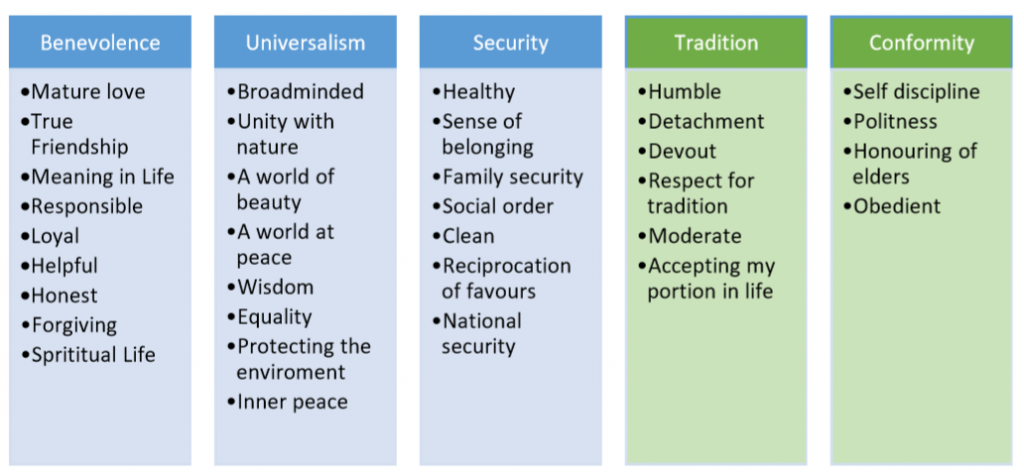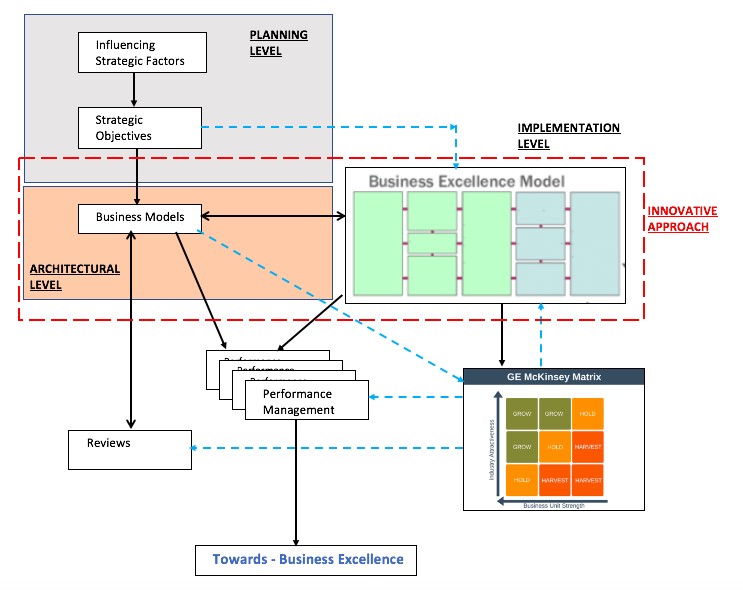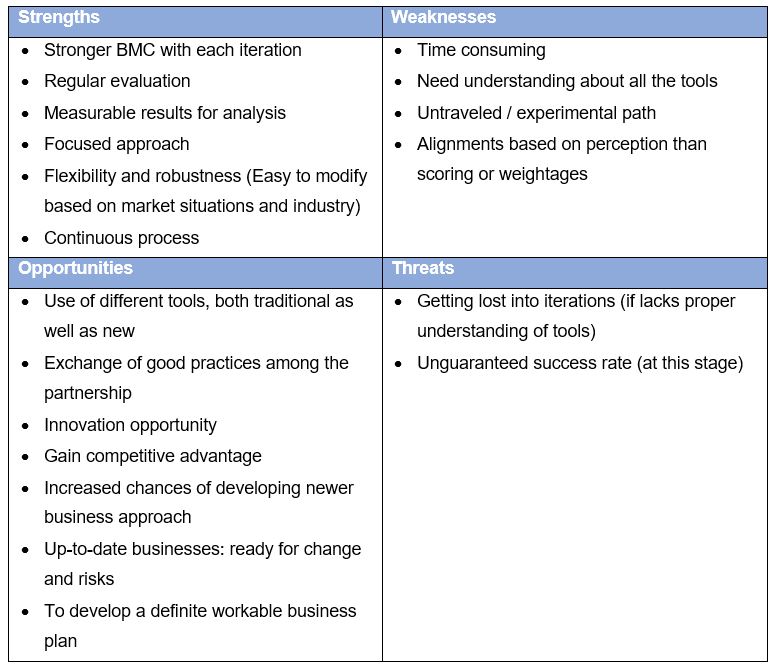Values, workplace benefit preferences, probable challenges on the labour market and expectations of females are important factors for companies to consider. By analysing these factors companies can ensure the retention of the future workforce of tomorrow. This article describes the female perspective on values, benefits and challenges from female students and female business professionals’ point of view.
Authors: Tia Delfino & Tarja Ahonen
Finland’s leading ladies
Especially now the topic of female employment is more up to date than ever. Finland’s government is being led by young females mostly all under 40. Still a lot of women will decide or end up going another way instead of striving for leadership roles. As Laura Liswood said in 2010 “By and large one common denominator is that women have a passion and a desire to change things.” Therefore, companies need to consider what women expect and understand what kind of transformations are needed to be made in order to meet women’s expectations. (Niethammer 2019.)
Employment and women
In Finland, the majority of the population consists of women. Thus, women are a very important economic factor in Finland. Also, considering the fact that 62.7% of women hold qualifications and degrees in Finland, they are an educated and skilled workforce who need to be well considered by companies. (Statistics Finland 2018, 32.)
Women value a positive work environment and flexible hours to combine and balance career and family. Also, new possibilities within a company can help to create incentives and motivate women to take up new tasks and positions. Promoting employee skills by providing internal training, new competences are created which are conducive for the company and the employee. This is consequential as the skills and knowledge of long-term employees are a clear advantage for any company. (Insight for Professionals 2018.)
The expectations on employment today
As generations change, the idea of employment changes as well. Maintaining employment at any cost is not appreciated anymore. As people’s perceptions of employment is based on personal attributes such as values, the idea of creating a personal career path and finding a purpose in employment becomes more important nowadays. (Hoff Bernstrøm et al. 2019.)
Values, benefit expectations, preferred wellbeing options and challenges in the job-hunting procedure were the focus of the study. The expectations that women have towards the labour market and companies and employers were analysed by sending out two surveys. This was a necessary step in order to understand how and if women’s perceptions have changed over time. The surveys were based on Schwartz value theory and Schein´s career anchors to examine the perspectives female students studying at LUAS and female business professionals’ concerning values, benefits and wellbeing options. Both theories analysed typical female and male attributes which specify the values, expectations, motifs and needs regarding one’s career. (Delfino 2019.)
Values and career anchors
In Schwartz theory ten values are listed. Hereby the typical female values are benevolence, universalism and security. Typical male values are power, stimulation, hedonism, achievement and self-direction. Conformity and tradition are considered as shared values. The female values contain helpfulness, equality, social order but also inner harmony, honesty, meaning in life and sense of belonging. These values change throughout life and male and female values can become blurred. (Schwartz & Rubel 2005, 1017-1018.)

Figure 1. Female Values (Potts 2015)
A person’s own values can change throughout time, especially when working for a company. The employee adapts to the company values and this can have an effect on their own norms. By building a knowledge base, creating a strategy and finding a mission within a company an employee goes on a lifelong learning process which will affect their way of thinking. (Schein & Van Maanen 1977.)
Schein´s career anchors are connected to values and define a person’s expectations towards their career and work. Every person has one of several career anchors. As seen below the career anchors are connected to Schwartz value theory. In the field of conservation which is connected to the security value, the points lifestyle and security can be found which are typical female career anchors. Women tend to concentrate on the lifestyle and security anchor, meaning that working independently and focusing on their lifestyle is an important factor to most women throughout their working life (Williams et al. 2014.)

Figure 2. Career anchors and values (Wils et al. 2010.)
What women really expect of employment today
Female viewpoints change throughout university and work life. Whereas female students still have very idealistic and self-serving ideas of the job market and their future workplace, the business professionals, who have worked and experienced the labour market have high expectations of the future candidates and a more pragmatic point of view. The female students are expecting a positive work environment, long term employment as well as appreciation of their work effort. The female business professionals on the other hand expect hard working individuals that are efficient and add value to a company by constantly improving their work.
The female students also call for a good salary on one hand but on the other hand also demand work life balance and expect companies to be flexible regarding the working hours. The students are hoping for training possibilities and educational support provided by the companies. The reality revealed by the business professionals’ answers, is that most of the companies offer law-based employment benefits. Again, the expectations of the female students and female business professionals differ as the students as well as the business professionals expect a flexible attitude from one another. This means that the female students will have to work hard and be flexible regarding their work times and their job.
Both female students and the female business professionals agreed, however, on one point. It is very difficult to actually get a job nowadays. The availability of positions is low and the competition on the labour market is high. Another important factor which makes it difficult for applicants to gain a job is that the needed skills such as language, work ethic and job specific skills are missing.
Conclusion
The gap between the expectations of female students and the expectations of female business professionals is substantial. In order to assure the retention of skilled workforce companies need to consider the female students’ expectations and create new incentives to attract proficient workforce. On the other hand, the female students need to understand the reality of the labour market. It is important to understand that the companies too expect a lot from the future workforce especially concerning their attitude towards work and skills. (Delfino 2019.)
References
Delfino, T. 2019. Defining Female Students Expectations of the Job Market of Tomorrow. Bachelor´s thesis. Lahti University of Applied Sciences, Faculty of Business and Hospitality Management. Lahti. [Cited 15 Nov 2019]. Available at: http://urn.fi/URN:NBN:fi:amk-2019111521283
Hoff Bernstrøm, V., Drange, I. & Mamelund, S. 2019. Employability as an alternative to job security. Personnel Review. 48: 1, pp.234-248. [Cited 10 Nov 2019]. Available at: https://doi.org/10.1108/PR-09-2017-0279
Insight for Professionals. 2018. Insight for professionals. Four ways HR can improve the retention of women in workforce [Cited 10 Nov 2019]. Available at: https://www.insightsforprofessionals.com/blog/improve-retention-of-women-in-workforce
Niethammer, C. 2019. Forbes. Finland’s New Government Is Young And Led By Women—Here’s What The Country Does To Promote Diversity [Cited 13 Dec 2019]. Available at: https://www.forbes.com/sites/carmenniethammer/2019/12/12/finlands-new-government-is-young-and-led-by-women-heres-what-the-country-does-to-promote-diversity/#4087b24635aa
Potts, D. 2015. Irfan Khawaja Philosopher. Policy of truth, the Schwartz theory of basic values and some implications for political philosophy [Cited 15 Nov 2019]. Available at: https://irfankhawajaphilosopher.com/2015/08/12/the-schwartz-theory-of-basic-valuesand-some-implications-for-political-philosophy/
Schein, E., Van Maanen, J. 1977. Toward a Theory of Organizational Socialization. Massachusetts Institute of Technology [Cited 11 Nov 2019]. Available at: https://dspace.mit.edu/bitstream/handle/1721.1/1934/?sequence=1
Schwartz, S., Rubel, T. 2005. Sex differences in value priorities: cross-cultural and multimethod studies. Journal of Personality and Social Psychology. 89/6/2005, 1010-1028. [Cited 12 Nov 2019]. Available at: https://pdfs.semanticscholar.org/1eae/175bec95aa5eddd7be45d79b0e8338a33e4b.pdf
Statistics Finland. 2018. Gender equality in Finland 2018. [Cited 10 Nov 2019]. Available at: http://www.stat.fi/tup/julkaisut/tiedostot/julkaisuluettelo/yyti_gef_201800_2018_19723_net.pdf
Wils, L., Wils, T., & Tremblay, M. 2010. Toward a career anchor structure: an empirical investigation of engineers. Relations industrielles. 65(2), 236-256 [Cited 13 Nov 2019]. Available at: http://dx.doi.org.aineistot.lamk.fi/10.7202/044301ar
Williams, M., Grobler, S. & Grobler, A. 2014. Lifestyle integration-gender based stereotypes: a study on Schein‟s career anchors within an ODeL HEI. African Journal of Hospitality, Tourism and Leisure. 3 (2). [Cited 8 Nov 2019]. Available at: https://www.academia.edu/19077496/LIFESTYLE_INTEGRATION_-_GENDER_BASED_STEREOTYPES_A_STUDY_ON_SCHEIN_S_CAREER_ANCHORS_WITHIN_AN_ODeL_HEI
Authors
Delfino, T. 2019. LAMK graduating student. Lahti University of Applied Sciences Ltd, Business and Hospitality Management. Lahti
Ahonen, Tarja. 2019. Senior Lecturer. Lahti University of Applied Sciences Ltd, Business and Hospitality Management. Lahti.
Artikkelikuva: https://pxhere.com/en/photo/911844 (CC0)
Julkaistu 31.12.2019
Viittausohje
Delfino, T. & Ahonen, T. 2019. Defining Female Students Expectations of the Job Market of Tomorrow. LAMK Pro. [Viitattu ja pvm]. Saatavissa: http://www.lamkpub.fi/2019/12/31/defining-female-students-expectations-of-the-job-market-of-tomorrow/










